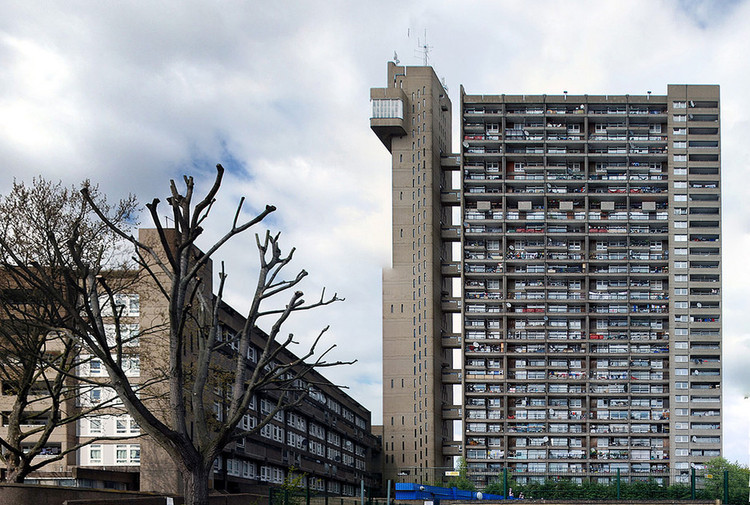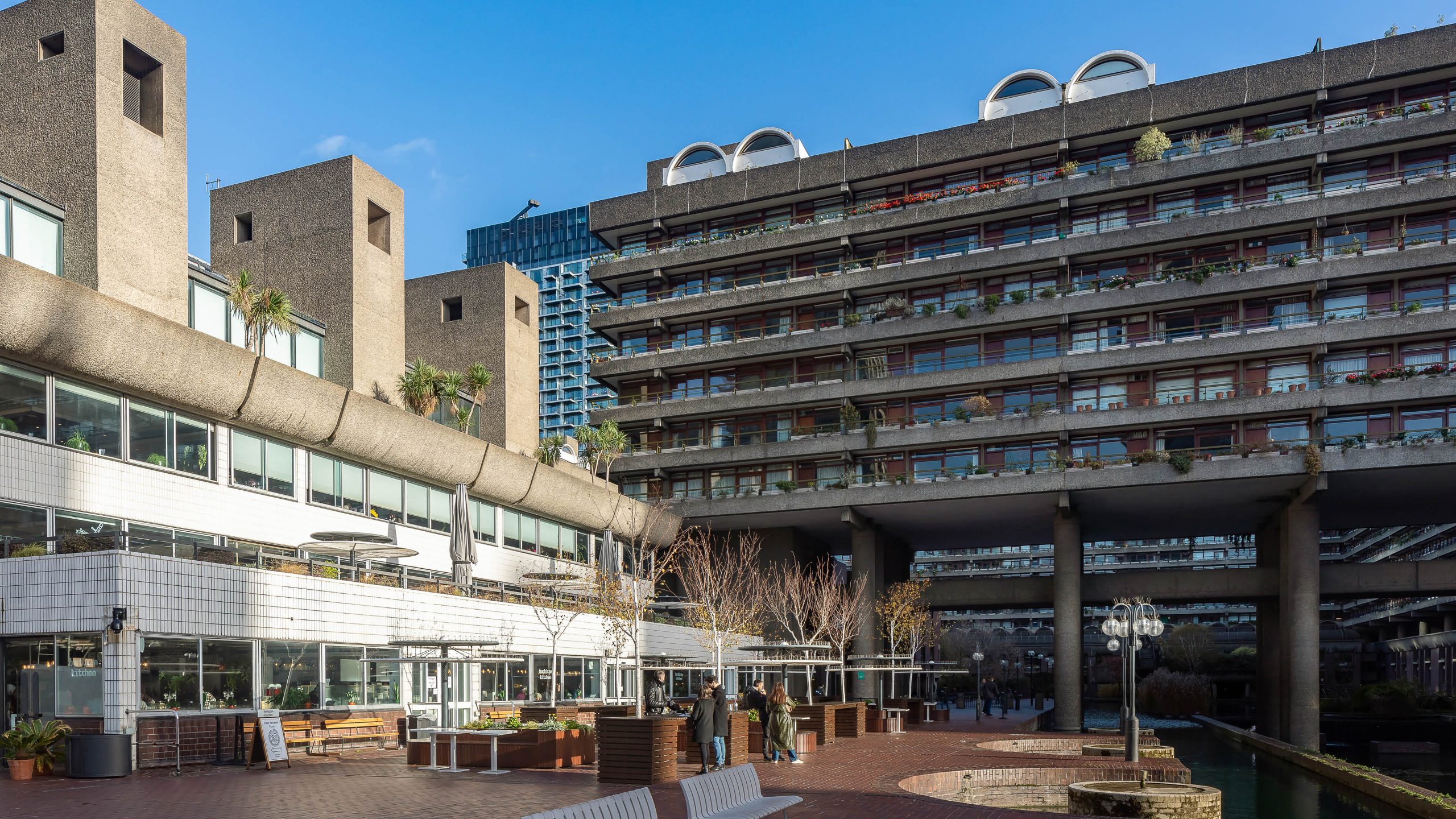Chi'Livin.
In the vast landscape of architectural styles, few are as striking and uncompromising as Brutalism. Emerging in the mid-20th century, Brutalism is characterized by its massive structures, raw materials, and a philosophy that prioritizes function over form. At Chi’Livin, we admire the audacity and honesty of Brutalist architecture, and we strive to incorporate its principles into our own designs, blending them with modern elegance to create spaces that are both functional and aesthetically compelling.
This blog post explores how functional architecture principles are revolutionizing hospital design, with a spotlight on Chi’Livin’s latest project, “The Healing Ark.” We’ll delve into the tangible benefits of prioritizing function over form in hospital architecture and how such design choices can lead to improved patient recovery times, enhanced staff efficiency, and a supportive atmosphere for visitors.
Brutalism is an architectural style that emerged in the 1950s, gaining widespread popularity through the 1970s. The name itself comes from the French phrase béton brut, which means “raw concrete,” a material often used in Brutalist buildings. Brutalism is marked by its stark, geometric designs and monumental scale, evoking a sense of strength and utilitarian purpose. It emphasizes raw materials like unfinished concrete, brick, glass, steel, and rough-hewn stone, which are often left exposed, highlighting the building’s structural elements.
The defining features of Brutalism include its fortress-like forms, characterized by blocky shapes that resemble fortifications, and its unapologetic focus on function. The design elements often reveal the building’s purpose, with structural components like beams and mechanical systems left visible. The result is a powerful architectural statement that challenges the conventions of ornamental beauty in favor of practicality and resilience.
Brutalism emerged in the aftermath of World War II as a response to the need for affordable, utilitarian buildings. The post-war rebuilding effort led to a focus on functional, cost-effective structures that could be constructed quickly and serve the growing needs of society. This style was a departure from the ornate architecture of earlier decades, embracing simplicity and honesty in form.
Le Corbusier, a pioneer of modern architecture, played a crucial role in shaping Brutalism. His design for the Unité d’Habitation in Marseille, France, which was completed in 1952, is often considered a quintessential example of early Brutalist architecture. British architects Alison and Peter Smithson further defined the movement, emphasizing the importance of social housing projects that provided practical solutions for urban populations.
Some notable Brutalist buildings include Trellick Tower, designed by Ernő Goldfinger in 1972, and the Barbican Estate, completed in the 1980s, both located in London. These structures showcase the defining characteristics of Brutalism: raw concrete surfaces, geometric forms, and an emphasis on community and utility.

Trellick Tower

Barbican Estate

Brutalism’s strengths lie in its durability, practicality, and functionality. The use of materials such as concrete and steel results in buildings that are highly resilient, capable of withstanding harsh weather and the test of time. The straightforward construction techniques used in Brutalist architecture also made it a cost-effective solution during a period when resources were scarce, especially in post-war Europe.
The style’s emphasis on strong, functional design means that Brutalist buildings are not just visually striking but also practical. The philosophy of “form follows function” is central to Brutalism, and this is evident in how spaces are designed to serve their intended purposes efficiently. This approach ensures that every element of the building serves a practical function, creating environments that are effective for their users.

Despite its benefits, Brutalism has faced significant criticism over the years. Many find the aesthetic cold and harsh, with its heavy use of raw concrete often perceived as uninviting. The fortress-like forms and lack of ornamentation can create an impression of austerity, making Brutalism a polarizing style that some love while others dislike.
In addition to its controversial aesthetics, Brutalist architecture also presents challenges in maintenance. Concrete, while durable, is susceptible to weathering, staining, and cracking if not properly maintained. This has led to deterioration in many Brutalist buildings, further contributing to the negative perception of the style.
In recent years, Brutalism has experienced a revival, influencing contemporary design trends such as minimalism and industrial aesthetics. The renewed interest in Brutalism reflects a broader appreciation for architecture that is honest in its use of materials and bold in its expression.
Modern architecture has embraced elements of Brutalism, reinterpreting its principles in new and innovative ways. Projects like the National Museum of Australia Extension, completed in 2020, and Vancouver House, designed by Bjarke Ingels Group, incorporate the monumental forms and raw materials characteristic of Brutalism while blending them with contemporary design elements. This fusion has resulted in buildings that are both functional and visually striking, paying homage to Brutalism while adapting to modern tastes.
At Chi’Livin, we are inspired by the strength and honesty of Brutalist architecture. We incorporate Brutalist principles into our designs by focusing on functionality, using raw materials, and creating bold geometric forms. Our approach to Brutalism is not just about replicating the past but about reimagining it for the modern world.
We take care to balance the rawness of Brutalism with modern elegance. By incorporating textures, lighting, and sustainable materials, we soften the starkness of Brutalist forms, creating spaces that are warm and inviting. Our designs also emphasize sustainability, using eco-friendly materials and energy-efficient systems to create buildings that are as environmentally responsible as they are beautiful.
For us, Brutalism is about making a bold statement—a declaration that architecture can be both functional and aesthetically captivating. By blending Brutalism with modern design elements, we create spaces that are practical, resilient, and uniquely compelling.
Brutalism remains a bold statement in the world of architecture—a testament to functionality, strength, and honesty in design. At Chi’Livin, we are inspired by this enduring style and strive to reimagine it for the modern era, creating spaces that are not only practical but also aesthetically captivating.
Interested in exploring Brutalism for your next project? Let’s make a bold statement together.
Chi’Livin is more than just an architecture and interior design agency. We embody a lifestyle, an identity, a personality.
Anywher ST., Any City.

